When it comes to designing furniture, a common guidance from our authors is to create small-scale mock-ups—or maquettes if you’re feeling fancy. The idea is to suss out ideas with easy-to-use materials, such as hot glue and foam core or scraps, before you’re too deep into a build to recover from a wonky design. Aspen Golann wants to add another technique: building smalls.
During much of the COVID-19 lockdown, Golann’s smalls (small objects) took the form of bench brushes. They kind of took a small corner of the Instagram woodworking community by storm, and it’s easy to see why. Done right, a brush blends function and sculpture as much as any piece of full-size furniture. While you can stop at making a simple one, you can dive in to explore designs, decorations, techniques, and motifs. Curious how inlay, stringing, contrasting woods, or a certain curve will look—or even how to do them? Consider making a brush with those details as a fun, productive, and low-stakes way to train your design muscles and tackle new techniques.
The brush in her article “Make Your Own Bench Brush” was inspired by classic cabriole leg proportions and distinctive shaping. But in her other brushes, Golann takes a hard left turn from this traditional inspiration. Some of them even tip the scale a little more away from usable brush and toward art object, but never mind that. They’ll all still brush in a pinch, and they all allowed Golann fast ways of exploring ideas, wandering down paths, and testing techniques while still ending up with a usable result.

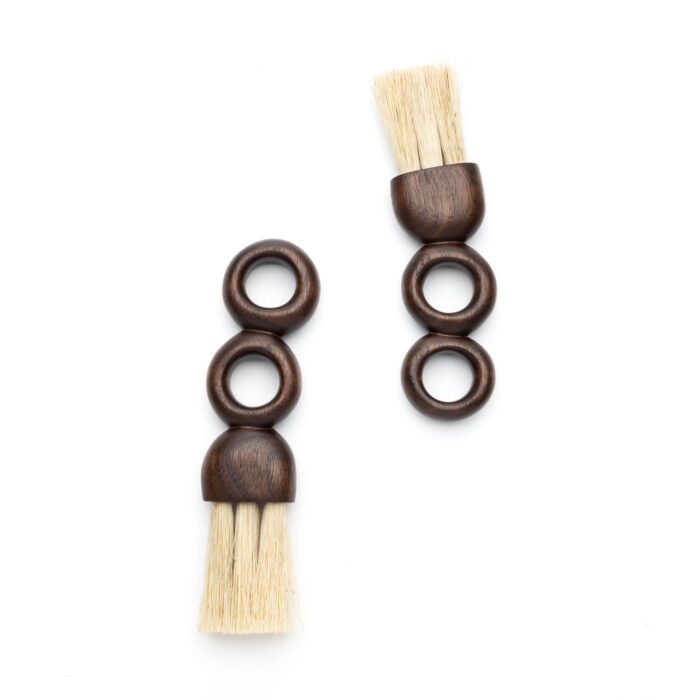
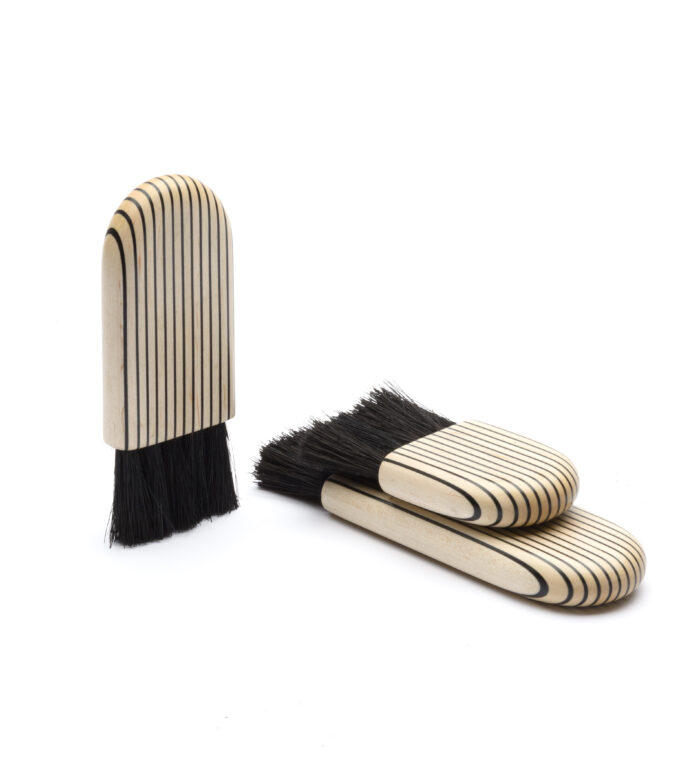
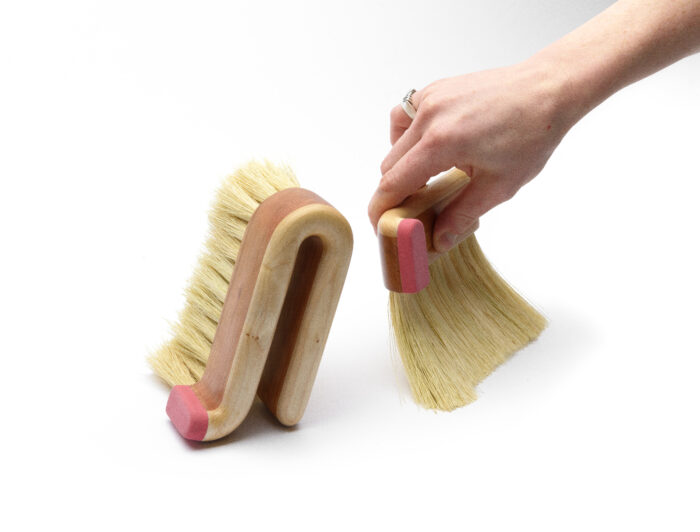
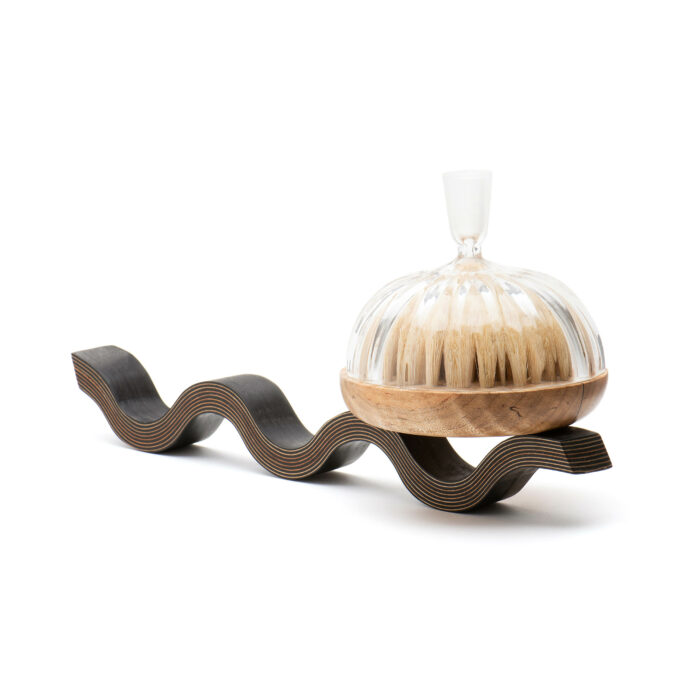
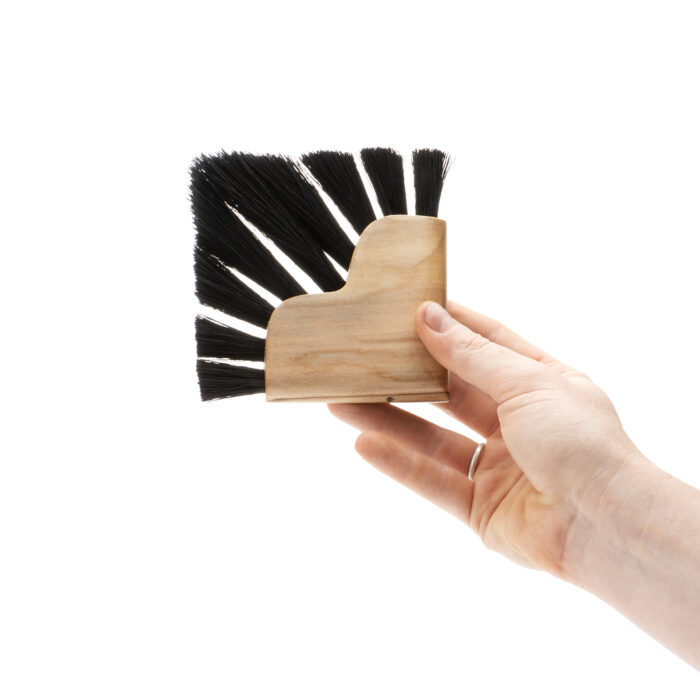

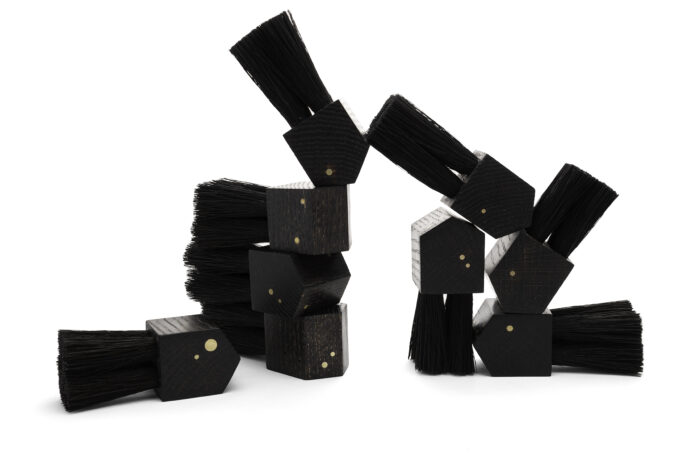
Aspen’s brushes, or at least their philosophy, are a revelation for me. Personally, I have a hard time using shop time to simply practice if it’s going to take more than five or ten minutes. This, of course, is dumb, or at least childish. Would I rather test something on scrap for 30 minutes or an hour, or roll the dice on the actual piece and maybe end up with hours of repairs and re-dos? And yet the idea of practice turns me off, perhaps because of my limited shop time (and childishness). But if I test my ideas on something real, like brushes—or spoons or fully carved frame-and-panels meant to hang on the wall or mitered boxes or whatever—all of a sudden, it’s not practice. It’s shop time.







